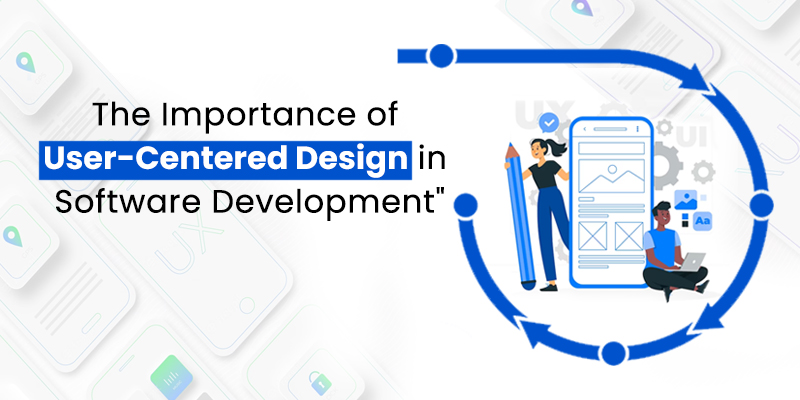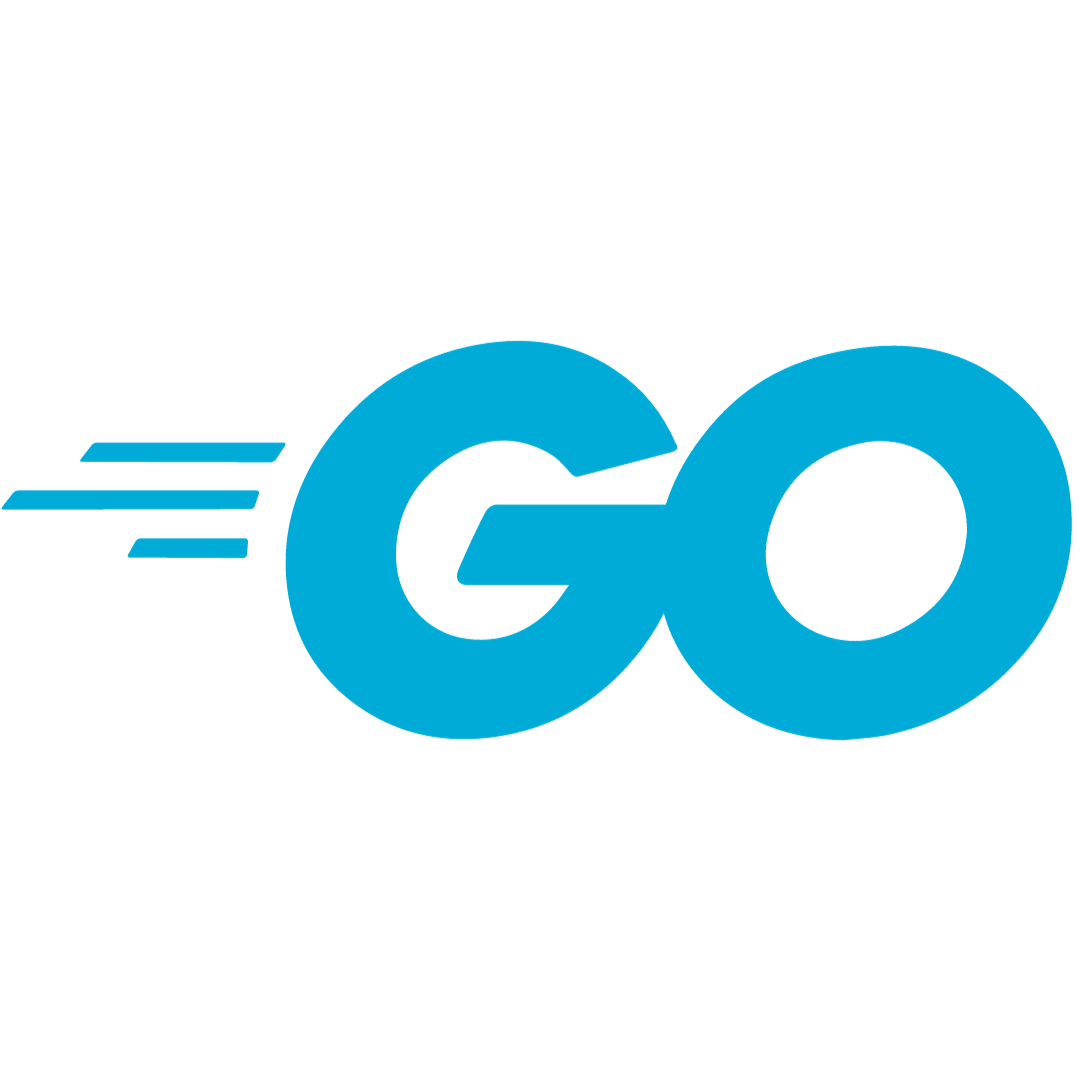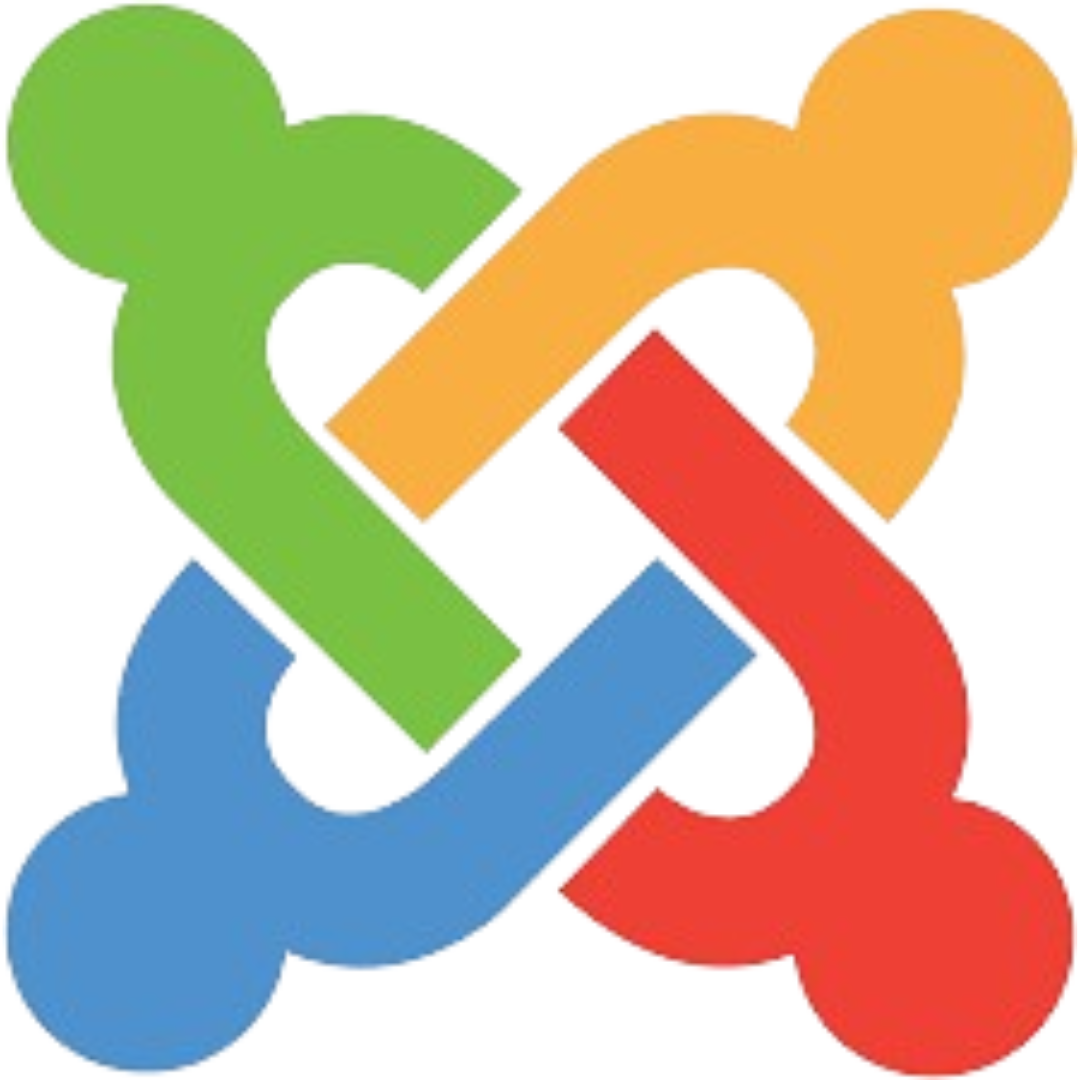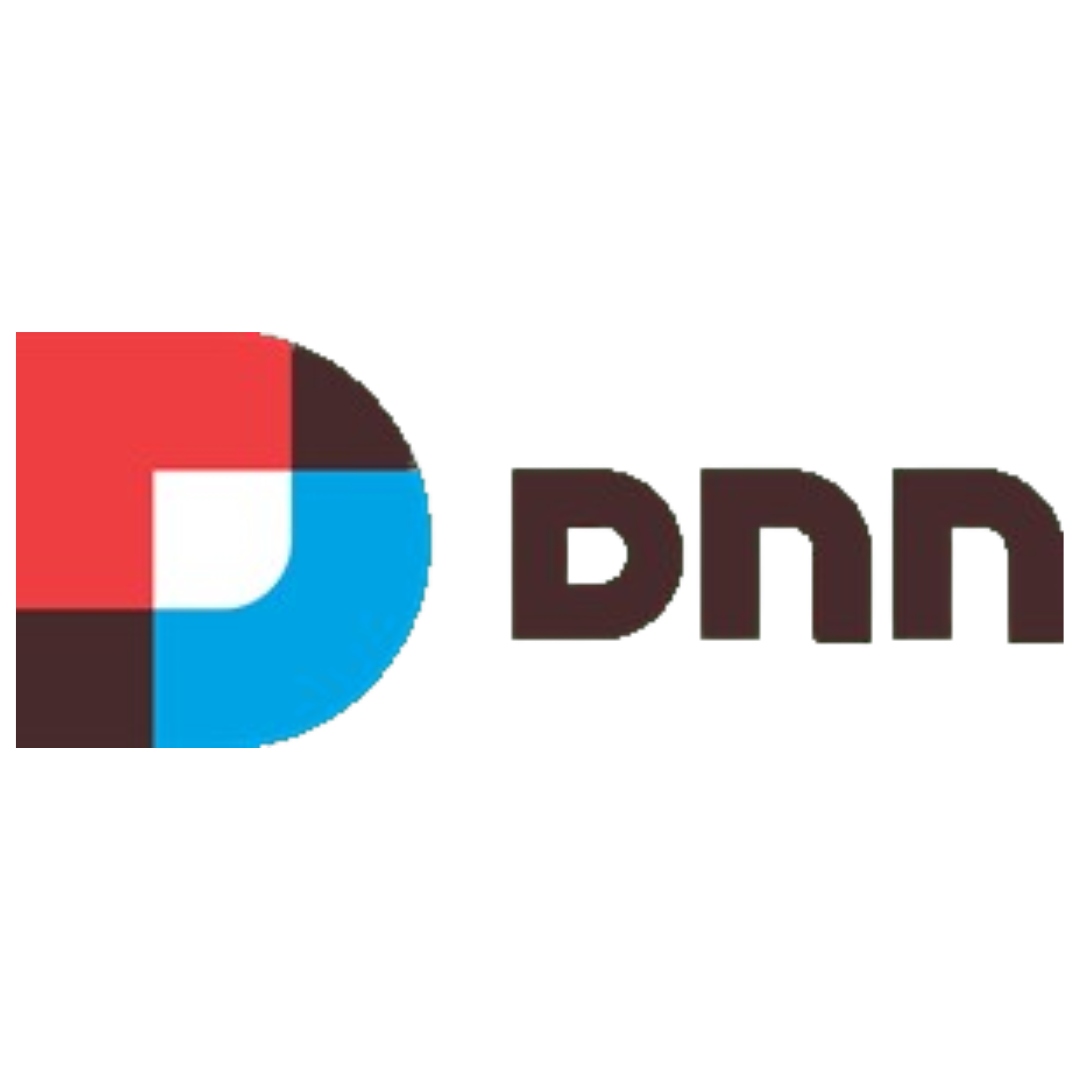
The Importance Of User Centered Design In Software Development
Importance of User-Centered Design in Software Development
1. Improved user experience
User-centered design can help to create software that is easy to use, efficient, and enjoyable to interact with. This can lead to increased satisfaction and loyalty among users.
2. Increased usability
User-centered design can help to identify and address usability issues early in the development process, which can save time and money in the long run. When software is usable, it is easier to learn and use, which can lead to increased productivity and efficiency.
3. Improved product adoption
Users are more likely to adopt software that is easy to use and meets their needs. This can lead to increased sales and revenue.
4. Putting Users First
Explain the core principles of user-centered design, emphasizing the importance of empathy and understanding the target audience. Discuss how developers can conduct user research, gather feedback, and involve users throughout the design and development phases.
5. Identifying User Requirements
Detail the process of gathering user requirements and understanding user workflows. Highlight the significance of conducting user interviews, surveys, and usability testing to gain valuable insights into user needs and pain points
6. Creating Intuitive User Interfaces
Discuss the role of user-centered design in crafting intuitive user interfaces (UIs). Emphasize the importance of usability, accessibility, and consistency in UI design to ensure that users can easily navigate and interact with the software.
7. Reducing Development Risks and Costs
Explain how user-centered design can help mitigate development risks and reduce costs. By identifying usability issues early in the design process, developers can avoid costly rework and improve overall development efficiency.
8. Enhancing User Satisfaction and Engagement
Explore how user-centered design leads to higher user satisfaction and engagement. By delivering software that aligns with users' expectations and preferences, developers can foster a positive user experience and encourage long-term usage.
9. Iterative Design and Continuous Improvement
Discuss the iterative nature of user-centered design and how it supports continuous improvement. Highlight the importance of gathering user feedback and making incremental design enhancements to create software that evolves with changing user needs.
10. Empowering Inclusive Design
Explain how user-centered design encourages inclusive design practices. Discuss the significance of considering diverse user groups, including individuals with disabilities, to create software that is accessible and usable for everyone.
11. Avoiding Assumptions and Biases
Address the dangers of making assumptions and biases in software development. Emphasize the value of data-driven decisions and the importance of challenging preconceived notions about user behavior.
12. Collaborative Development Approach
Discuss the collaborative nature of user-centered design, involving cross-functional teams, including designers, developers, and product managers. Explain how this approach fosters creativity, innovation, and a shared sense of ownership over the final product.
13. Measuring Success with User Metrics
Explain the use of user metrics to measure the success of user-centered design efforts. Discuss the significance of key performance indicators (KPIs) like user satisfaction, task completion rates, and user retention in evaluating the effectiveness of the software.
Why User-Centered Design Matters
- Improved User Experience: The goal of user-centered design is to create products that are easy to use, intuitive, and suit the demands of their intended audience. Designers may identify problem spots, analyze user behaviors, and create solutions that fit their needs by soliciting feedback from users throughout the development process. As a result, the whole user experience improves..
- Increased User Engagement: Users are more inclined to engage with a product that matches their needs and is simple to use. This can result in increased usage, adoption, and consumer satisfaction.
- Reduced Development Costs: Designers can discover and correct issues earlier in the development process by incorporating user feedback early on. In the long run, this can save time and money.
- Increased Productivity: Users are more likely to be productive when they can easily explore and use a product. This can result in enhanced efficiency and output, increasing the product's value to its users.
- Competitive Advantage: In today's market, users frequently have access to a plethora of identical products. Companies can separate themselves from their competitors by designing products that are truly targeted to their users' needs by concentrating on user-centered design.
User-centered design (UCD) is a human-focused approach that places end-users at the heart of the software development process. By understanding the needs, preferences, and pain points of users, developers can create software that not only meets functional requirements but also delivers a seamless and satisfying user experience. In this blog, we will explore the significance of user-centered design in software development and how it leads to improved product success and user satisfaction.
Best Practices for User-Centered Design
To ensure that user-centered design is effectively integrated into the software development process, designers must follow a set of best practices. These include:
- Conducting User Research: Before beginning the design process, it is critical to undertake user research to understand the needs, behaviours, and pain points of the target audience. Surveys, interviews, and observation may be used.
- Creating User Personas: Based on user research, user personas are fictitious representations of the target audience. They assist designers in understanding the demands of their target audience and developing solutions to suit those needs.
- Designing for Usability: The goal of user-centered design is to create products that are simple to use and navigate. This entails designing simple, straightforward interfaces that are easy to use and require little training.
- Conducting User Testing: Designers should undertake user testing throughout the development process to get feedback from users and discover areas for improvement. This can include putting prototypes through testing, conducting surveys, or conducting user interviews.
- Iterating and Refining: Iterative user-centered design is a process. To guarantee that the completed product satisfies the needs of its target audience, designers should incorporate user feedback and make modifications throughout the development process.
- Creating Style Guides and Design Systems: To ensure consistency across a product, designers should create style guides and design systems. These provide guidelines for visual design, typography, color, and other elements that create a cohesive, user-friendly product.
- Incorporating Accessibility: User-centered design also involves creating products that are accessible to all users, including those with disabilities. This involves following accessibility guidelines, such as those set forth in the Web Content Accessibility Guidelines (WCAG).
The Benefits of User-Centered Design
- Improved user experience: User-Centered Design can help to create products and services that are easy to use, efficient, and enjoyable to interact with. This can lead to increased satisfaction and loyalty among users.
- Increased usability: User-Centered Design can help to identify and address usability issues early in the development process, which can save time and money in the long run. When products are usable, they are easier to learn and use, which can lead to increased productivity and efficiency.
- Improved product adoption: Users are more likely to adopt products and services that are easy to use and meet their needs. This can lead to increased sales and revenue.
- Increased customer satisfaction: Users who are satisfied with a product or service are more likely to be loyal customers. This can lead to repeat business and positive word-of-mouth.
- Reduced development costs: By involving users early in the development process, UCD can help to identify and address potential problems early on, which can save time and money in the long run.
- Reduced maintenance costs: Products and services that are designed with user-centered principles are easier to maintain and update. This can save time and money in the long run.
- Increased innovation: User-Centered Design can help to identify new opportunities for innovation by understanding the needs of users. This can lead to the development of new products and services that meet the needs of the market.
The Role of User Research in User-Centered Design
User research is the process of gathering and analyzing information about users to understand their needs, wants, and behaviors. It is an essential part of user-centered design (UCD), which is an iterative process that focuses on creating products and services that meet the needs of the users.
There are many different types of user research, including:
- Surveys: Surveys are a good way to collect quantitative data about users, such as their demographics, needs, and preferences.
- Interviews: Interviews are a good way to collect qualitative data about users, such as their thoughts, feelings, and experiences.
- Usability testing: Usability testing is a method of observing users as they interact with a product or service to identify usability problems.
- Eye tracking: Eye tracking is a method of tracking the eye movements of users as they interact with a product or service to understand how they are visually processing the information.
- Card sorting: Card sorting is a method of organizing information into categories to understand how users think about and interact with information.
Creating User Personas
User personas are fictitious depictions of the target audience based on user research. They assist designers in understanding the demands of their target audience and developing solutions to suit those needs. Demographic information, as well as information about the user's goals, motivations, and pain areas, are generally included in user personas.
Designers can create products that are personalized to the needs and tastes of their target audience by creating user personas. Instead of depending on assumptions or guesswork, user personas assist designers in empathizing with their consumers and designing products that fit their needs.
Designing for Usability
The goal of user-centered design is to create products that are simple to use and navigate. This entails designing simple, straightforward interfaces that are easy to use and require little training. Designers should also consider the context in which the product will be utilized before designing it.
Usability design entails building interfaces that are simple to understand and navigate. This could include the use of recognized icons and vocabulary, as well as the creation of a clear visual hierarchy. Designers should also consider the context in which the product will be utilized before designing it. A mobile app, for example, may necessitate larger buttons and text than a desktop program.
Conclusion:
User-centered design is a critical aspect of software development that places users' needs and preferences at the forefront. By empathizing with users, understanding their requirements, and involving them throughout the development process, developers can create software that delivers a superior user experience, fosters engagement and drives business success. Ultimately, embracing user-centered design leads to happier users, reduced development risks, and software that truly meets the expectations of its intended audience.
You can also visit related blogs:


































































comments for "An Interview with Exavibes Services"
Leave a Reply